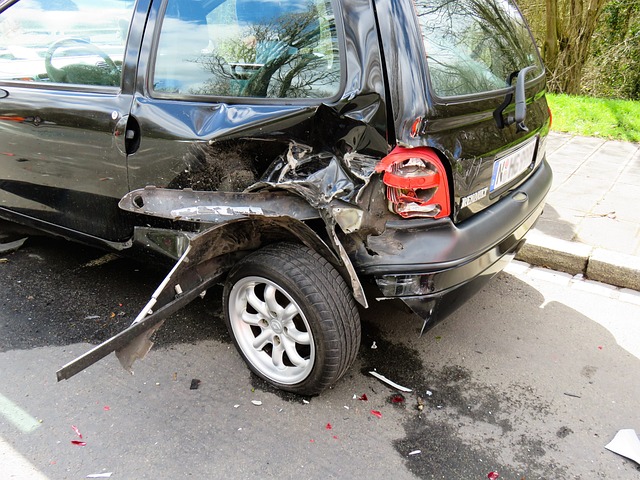What to Expect from Car Body Shops
A visit to a car body shop can feel unfamiliar if you haven’t needed collision or cosmetic work before. This article explains common repair steps, typical services, how shops interact with insurers, and the differences between workshop repairs and mobile repair options. It also outlines what to look for when choosing local services for your vehicle and how long repairs usually take.

How does a body shop repair a car?
Repairing a car at a body shop begins with a detailed inspection to document visible damage and any hidden structural issues. Technicians assess frame alignment, suspension components, and body panels to determine if parts need repair, replacement, or straightening. Modern shops often use computerized measuring racks for frame work and follow manufacturer procedures for airbag and sensor systems. Paint work involves surface preparation, priming, color matching, and clearcoating to restore finish and corrosion protection. Throughout, shops should keep records and provide written estimates outlining parts, labor, and repair steps.
What services do vehicle body shops provide?
Vehicle body shops commonly offer dent and scratch repair, panel replacement, frame straightening, paint matching and repainting, bumper and glass replacement, and corrosion repair. Many also perform unibody or structural repairs, alignment checks, and reinstallation of mechanical components removed during body work. Some shops coordinate repairs with insurance claims and provide photos, estimates, and billing support. Certified shops may offer manufacturer-approved procedures and use OEM or equivalent parts. The scope of services varies by facility, so confirm capabilities—especially for advanced structural or electronics work—when seeking local services.
When is auto repair needed for body damage?
Auto repair is needed whenever damage affects safety, function, or structural integrity of your vehicle. Beyond obvious cosmetic issues, damage to the frame, crumple zones, suspension, or areas near sensors and airbags requires prompt professional attention. Even small dents near seams or rust spots can hide corrosion or water intrusion that worsens over time. If a collision triggers dashboard warnings, unusual noises, steering pull, or uneven tire wear, those signs indicate the vehicle needs a thorough auto repair inspection to ensure safe operation.
Can mobile repair handle collision or dent work?
Mobile repair is a convenient option for minor damage such as small dents, door dings, bumper scuffs, or localized paint touch-ups. Mobile repair technicians often use paintless dent repair and on-site color-matching for small panels, reducing the need for a shop visit. However, mobile repair is typically not suitable for major collisions, structural straightening, airbag repairs, or complex paint blending across panels. If sensors, electronic systems, or frame damage are involved, a full-service body shop with lifts, diagnostic tools, and controlled paint booths is usually required.
How do body shops estimate car repairs?
Estimates combine a parts list, labor hours, and required materials or sublet services (glass, paint, specialized straightening). Shops may use industry estimating software to itemize labor times and parts pricing, then adjust for OEM versus aftermarket components and quality grades. A reputable estimator will inspect the vehicle in person, note hidden-damage risk, and explain assumptions in writing. If you are working with an insurer, also confirm whether the shop will handle claim paperwork and if rental vehicle arrangements are included. Clear communication about timelines, parts choices, and any potential supplementary repairs helps avoid surprises.
How long do repairs take at a body shop?
Repair timelines vary with the extent of damage, parts availability, the shop’s workload, and whether structural work or refinishing is needed. Simple paintless dent repairs or minor touch-ups may be completed in a day, while panel replacement, refinishing, and curing times often require several days. Structural repairs that involve frame straightening, alignment, or airbag system resets can add additional time, as can waiting for ordered OEM parts. Shops typically provide an estimated completion date, but expect that inspections during disassembly can reveal further issues that extend the schedule.
Conclusion
Body shop repair involves a mix of inspection, structural and cosmetic work, and coordination with parts suppliers and possibly insurers. For safety-related repairs and complex damage, a full-service body shop with appropriate equipment and documented procedures is usually necessary; mobile repair can be a practical choice for minor, localized damage. When evaluating local services, focus on certifications, clear written estimates, repair processes, and communication about parts and timing to ensure a safe, durable outcome for your vehicle.





